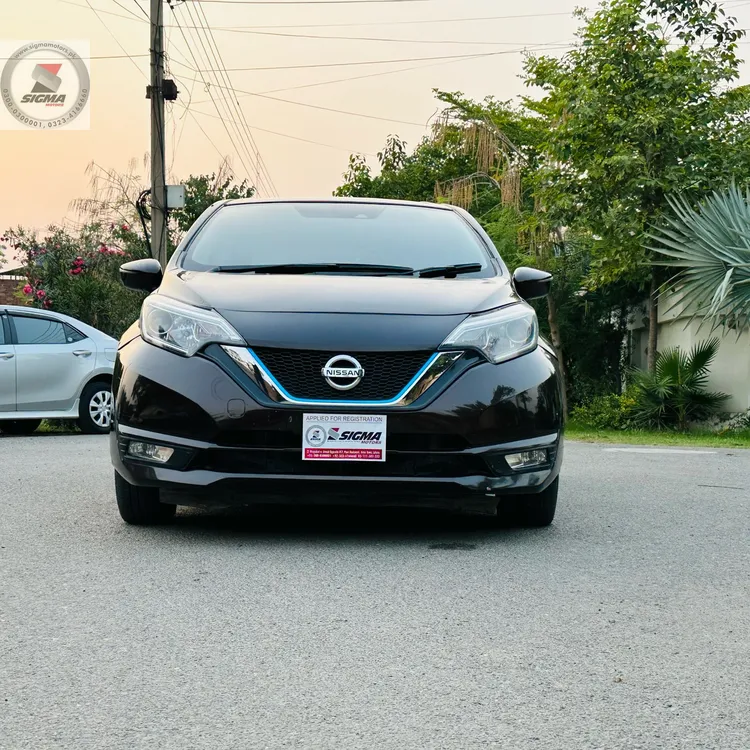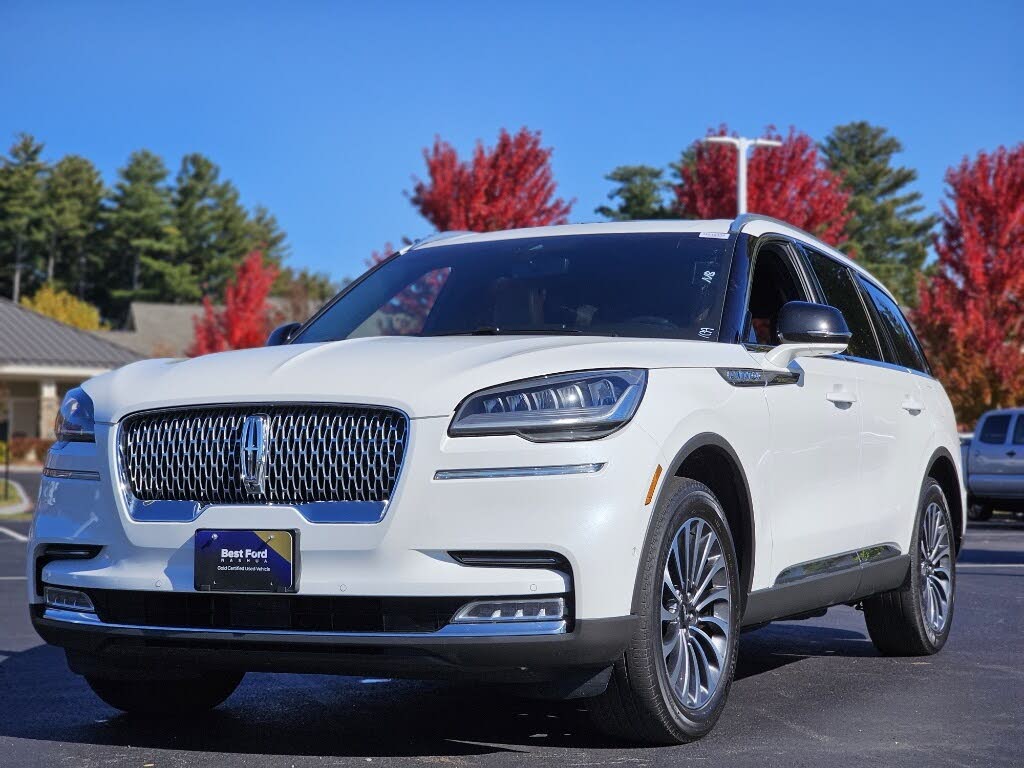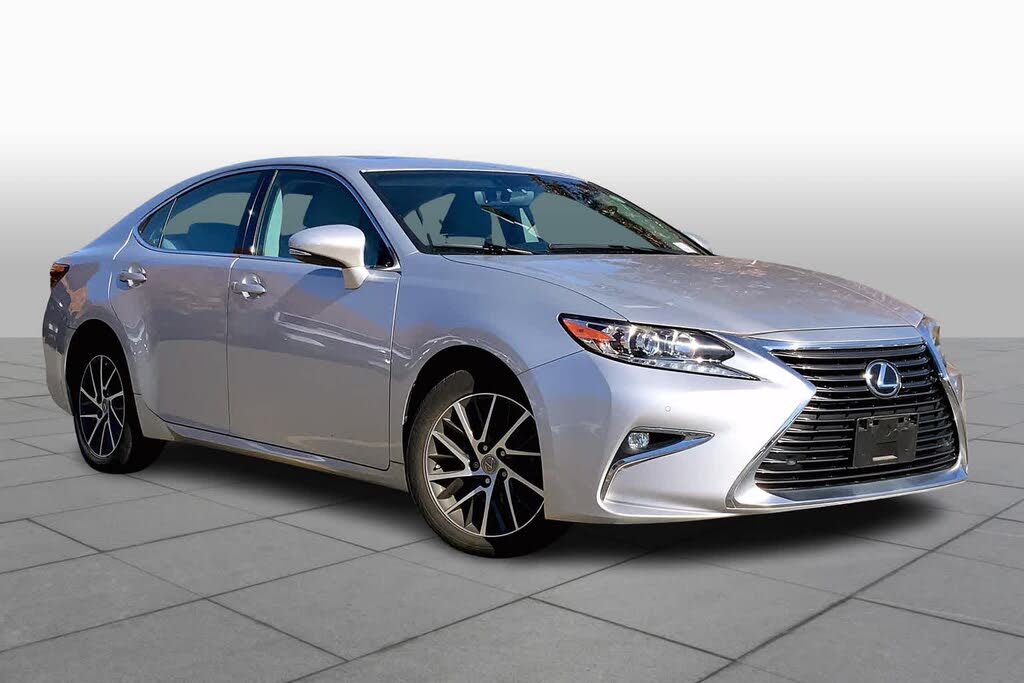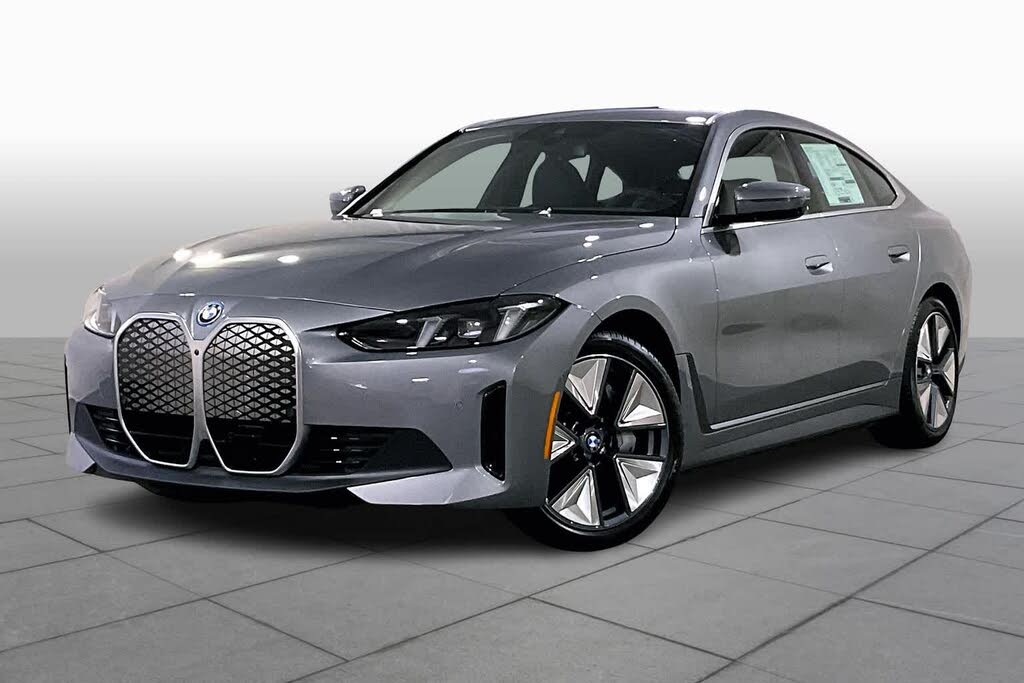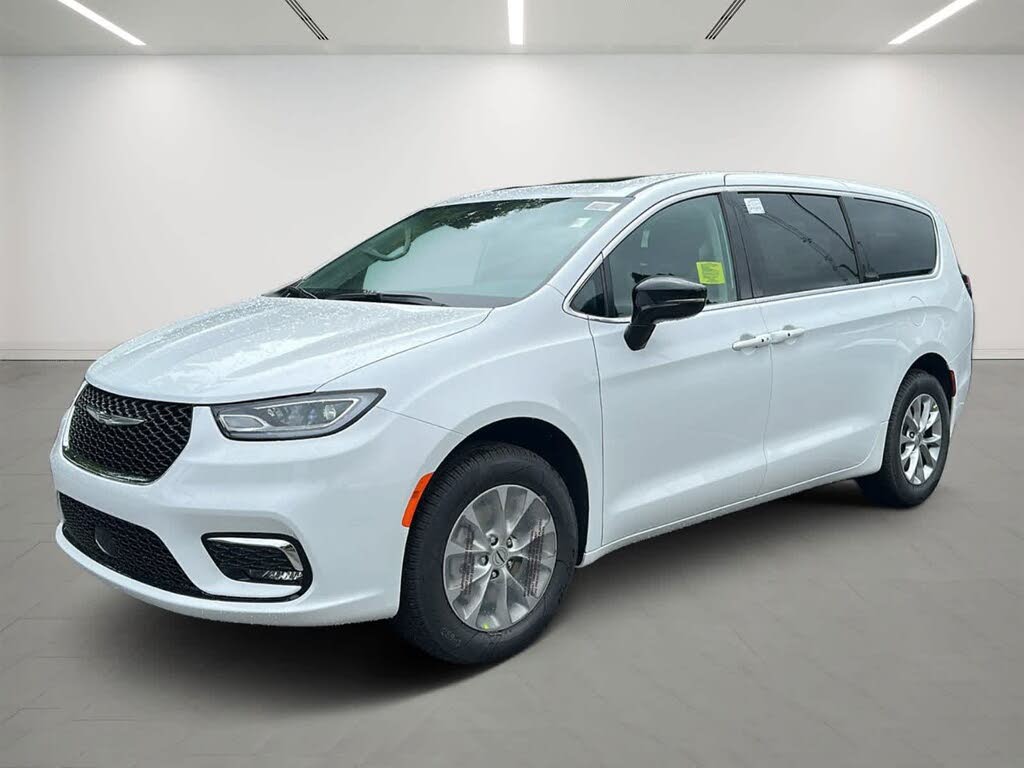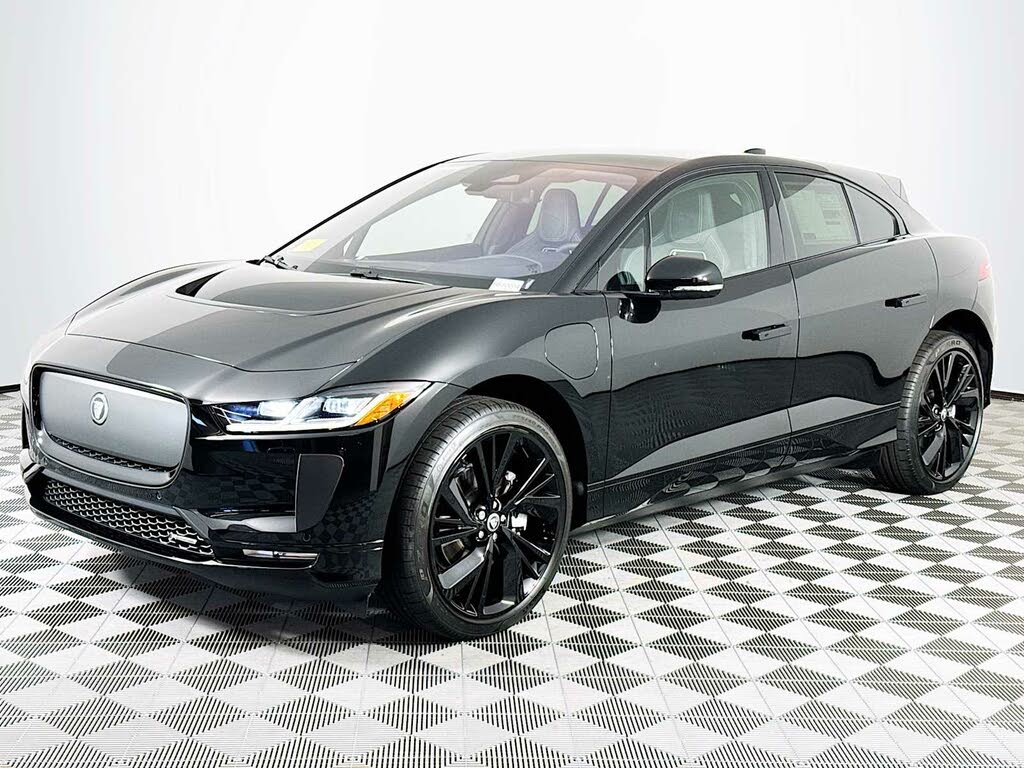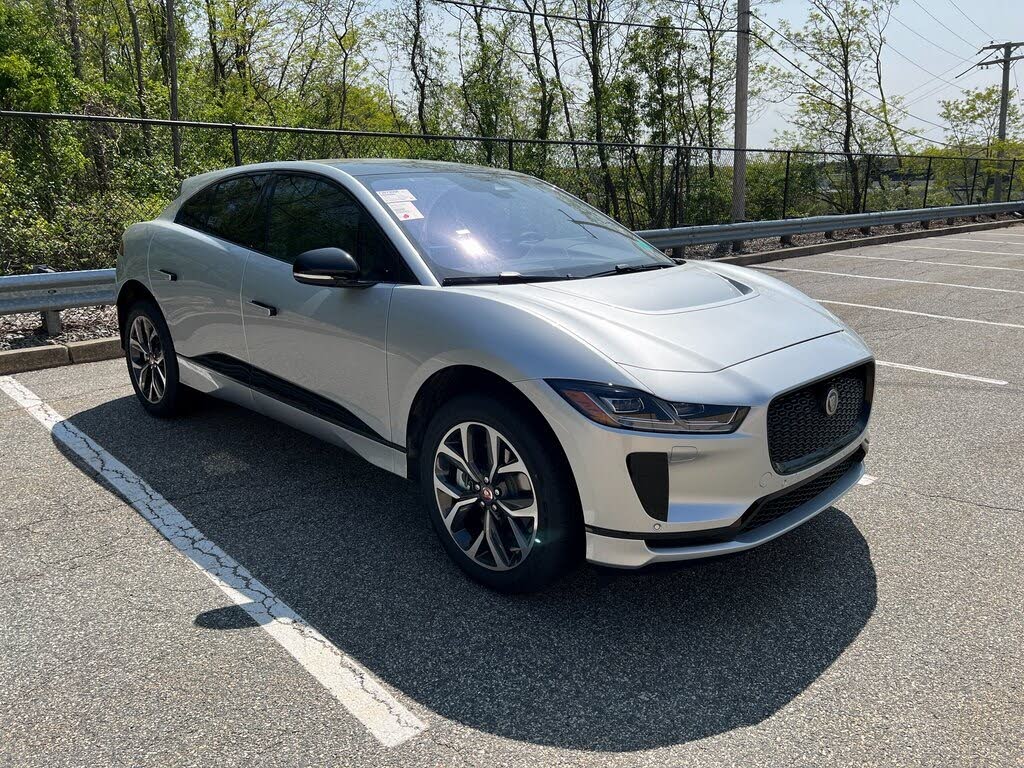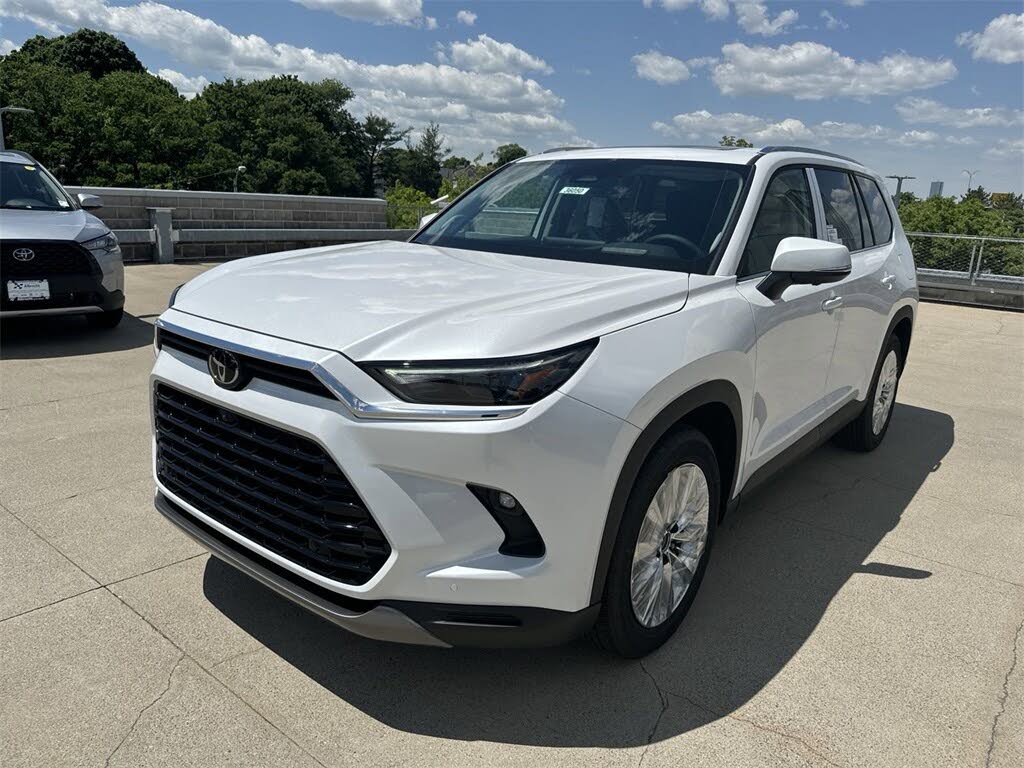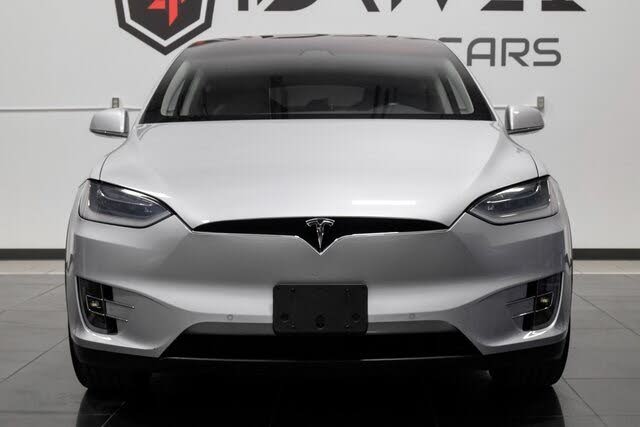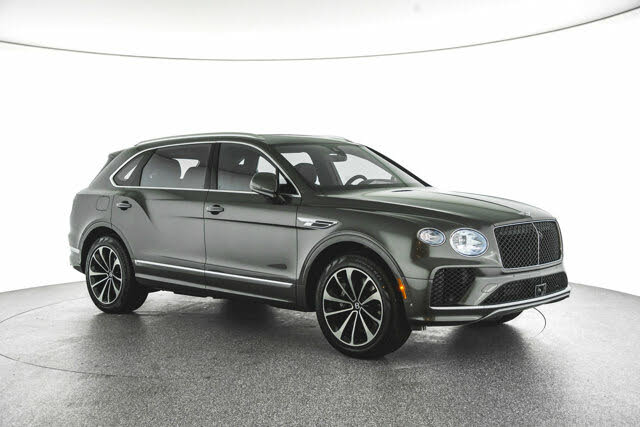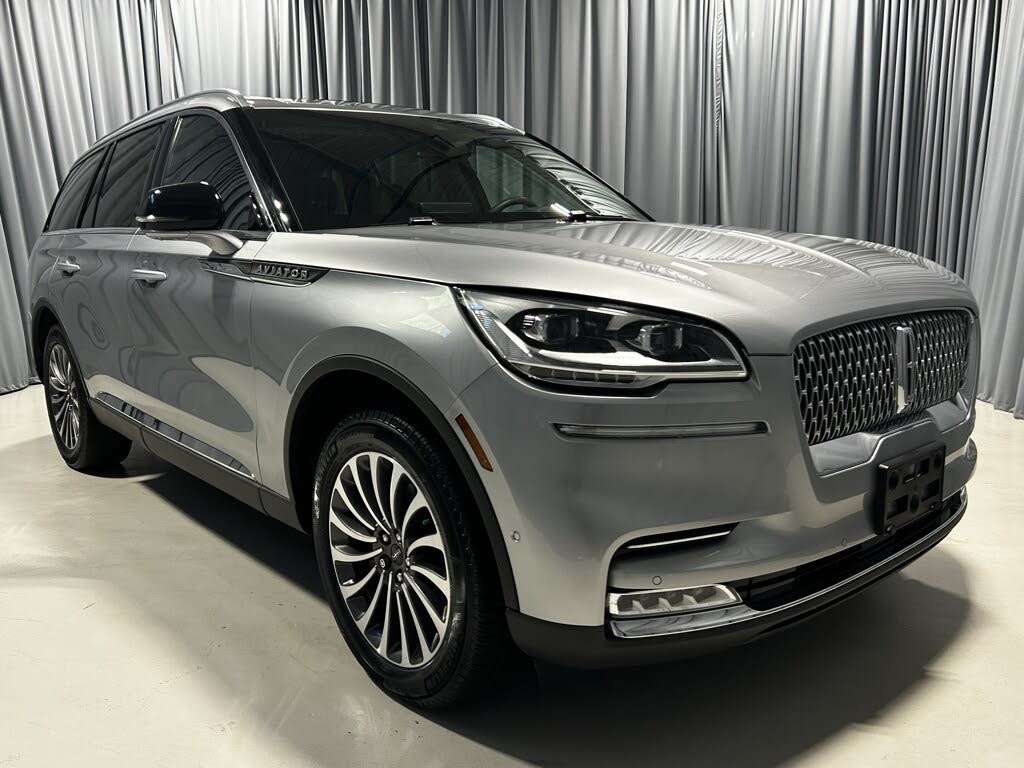Home > News & Blogs > 2020 Ford Explorer Hybrid Fuel Economy: Real-World MPG Performance Review
2020 Ford Explorer Hybrid Fuel Economy: Real-World MPG Performance Review
2020 Ford Explorer Hybrid Review: Does This Three-Row SUV Deliver on Efficiency?
By MotorVero Automotive Experts
Introduction: A New Hybrid Contender in the SUV Segment
The 2020 Ford Explorer Hybrid emerges as a pivotal addition to Ford's lineup, reflecting the growing demand for electrified options in larger family vehicles. As the second hybrid SUV in its class—following the Toyota Highlander Hybrid—it stands out for maintaining its rugged utility while promising improved fuel efficiency.
Uncompromised Space and Capability
Ford engineers cleverly integrated the hybrid powertrain without sacrificing interior room or utility. The Explorer Hybrid retains the same passenger and cargo volume as its gas-only counterparts, and it even boasts a commendable towing capacity of up to 5,000 pounds—eclipsing the Toyota Highlander Hybrid's 3,500 pounds.
--TOP ADVERTISEMENT HERE--
Performance and Powertrain
Under the hood, the Explorer Hybrid combines a naturally aspirated 3.3-liter V6 engine with an electric motor, delivering a combined output of 318 horsepower. While not as punchy as the Explorer’s turbocharged V6, the hybrid setup offers sufficient performance for most daily driving scenarios and long-haul road trips.
Real-World Fuel Economy: Does It Deliver?
On a scenic 1,180-mile trip along the Oregon coast to Los Angeles, the Explorer Hybrid delivered a real-world fuel economy of approximately 24.9 mpg based on onboard diagnostics, with pump-based calculations coming in slightly lower at 23.9 mpg. While not groundbreaking, these figures align closely with the EPA’s estimates for the base gas engine and surpass many non-hybrid rivals.
--FIRST CONTENT ADVERTISEMENT HERE--
Electric Drive Capability
Though not a plug-in hybrid, the Explorer Hybrid occasionally operates in all-electric mode—most notably during coasting and light acceleration at speeds up to 40 mph. In testing, it logged around 139 all-electric miles, comprising roughly 12% of the total journey.
Interior Comfort and Ride Quality
The Explorer Hybrid remains a pleasant travel companion. It excels in cabin comfort during long drives, with its advanced safety suite—including adaptive cruise control and lane-centering steering—alleviating driver fatigue. However, the cabin grows noisy on rougher terrain, which diminishes overall ride quality slightly.
--SECOND CONTENT ADVERTISEMENT HERE--
Driving Experience: Smooth Yet Hesitant
Low-speed acceleration reveals some hesitation as the hybrid system transitions between electric and gas power. Sport and Trail modes offer improved responsiveness, but during fuel economy testing, normal mode remained in use. Regenerative braking also requires a learning curve but becomes smoother with consistent use.
Technology and Infotainment
Ford’s SYNC 3 infotainment system is intuitive and responsive, offering smartphone integration, voice command, and available navigation. The available digital gauge cluster provides hybrid-specific readouts, such as electric mileage tracking and energy flow indicators, enhancing the driving experience.
--THIRD CONTENT ADVERTISEMENT HERE--
Explorer Hybrid vs. Toyota Highlander Hybrid
While both vehicles offer hybrid technology in a three-row format, the Highlander Hybrid trumps the Explorer in EPA-estimated fuel economy at 34 mpg combined. However, the Explorer maintains an edge in towing and space utilization, catering to drivers with a preference for adventure and versatility.
Pricing and Value Proposition
The Explorer Hybrid’s price point may present a challenge when compared to its gas-powered sibling. Given the modest fuel savings and occasional performance trade-offs, buyers will need to weigh long-term ownership costs and environmental benefits against initial investments.
--BOTTOM ADVERTISEMENT HERE--
Safety Features and Ratings
Equipped with Ford Co-Pilot360, the Explorer Hybrid includes pre-collision assist, automatic emergency braking, blind-spot monitoring, and a rearview camera as standard. It earns high marks in crash safety tests, making it a reliable choice for families.
Maintenance and Reliability
Hybrid components are covered by extended warranties, and Ford’s track record with hybrid systems has improved over the years. Routine maintenance remains similar to the gas model, though battery and electric motor servicing may require specialized attention at certified service centers.
Environmental Considerations
Though not a plug-in hybrid or EV, the Explorer Hybrid reduces tailpipe emissions and contributes to a smaller carbon footprint compared to traditional SUVs. It offers a middle-ground option for eco-conscious drivers not yet ready to go fully electric.
Final Verdict: Worth the Upgrade?
The 2020 Ford Explorer Hybrid succeeds in preserving the Explorer's strengths—spaciousness, power, and utility—while adding modest fuel efficiency and eco-conscious appeal. However, the hybrid benefits are not as pronounced as expected, especially when compared to key rivals. Those prioritizing power and towing may still favor the gas V6, while urban commuters seeking better mileage might look toward the Highlander Hybrid or plug-in options.
Key Highlights:
- Up to 5,000 lbs towing capacity
- Real-world fuel economy near 24 mpg
- Retains same interior space as gas models
- Advanced driver-assistance features
- Notable hybrid utility, but modest efficiency gains
Explore More on MotorVero
For more in-depth reviews, hybrid SUV comparisons, and buyer guides, visit MotorVero—your trusted source for intelligent automotive insights.

motorverorachael
Last Updated On May, 31-2025
